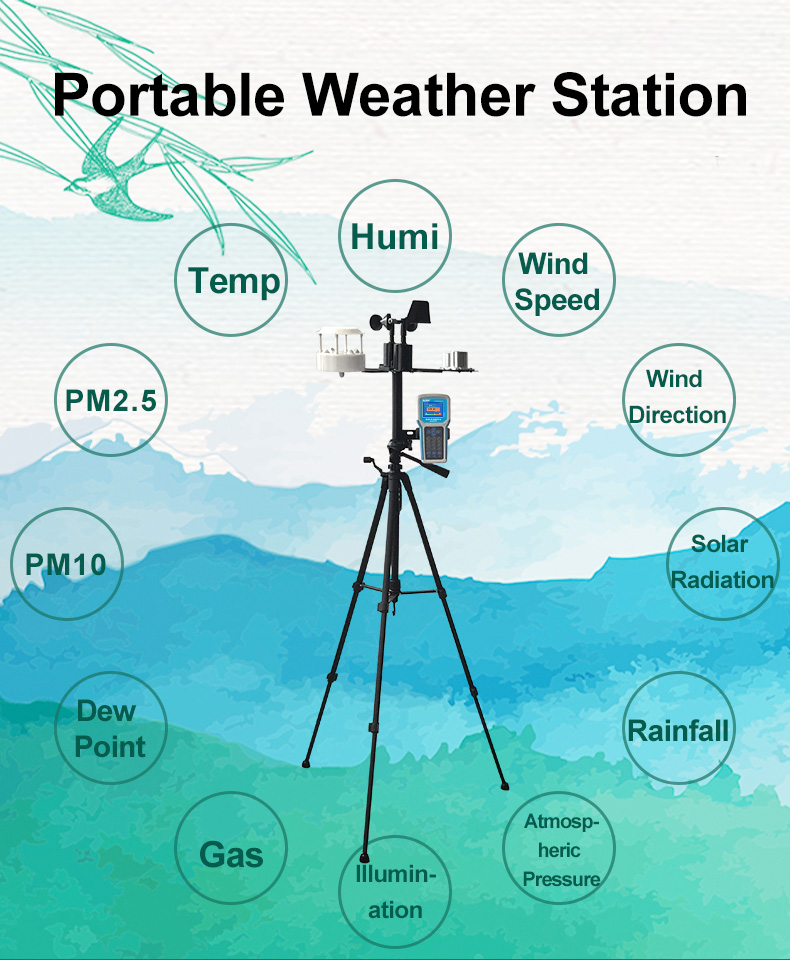Weather Stations
Weather stations play a crucial role in gathering and monitoring essential atmospheric data. These stations are equipped with a range of instruments and sensors to measure various meteorological parameters, providing valuable information for weather forecasting, climate studies, and environmental monitoring. In this article, we explore the significance of weather stations in monitoring the elements and their impact on various sectors.

Meteorological Data Collection :

Weather stations are designed to collect a wide range of meteorological data, including temperature, humidity, wind speed and direction, barometric pressure, precipitation, and solar radiation. These measurements serve as the foundation for weather analysis and prediction models. By acquiring real-time and historical data from weather stations, meteorologists can better understand weather patterns, identify trends, and improve forecasts.
Impact on Weather Forecasting :
Accurate weather forecasts are essential for various industries and sectors, such as agriculture, transportation, aviation, and emergency management. Weather stations contribute significantly to the accuracy of these forecasts by providing valuable data inputs. With a network of weather stations strategically placed across regions, meteorological agencies can gather data from different locations simultaneously, allowing for a comprehensive analysis of the atmosphere. This leads to more precise predictions of weather conditions, severe weather events, and climate patterns.
Climate Studies and Research :

Weather stations also play a vital role in long-term climate studies and research. By continuously monitoring and recording meteorological data over extended periods, scientists can analyze historical trends and patterns in climate variability. This information helps in understanding climate change impacts, identifying regional climate trends, and developing climate models for predicting future scenarios. Weather stations provide invaluable data for climate scientists aiming to assess global warming, study changes in precipitation patterns, and examine the interactions between the atmosphere, oceans, and land surfaces.
Environmental Monitoring :
Aside from weather parameters, modern weather stations are equipped with additional sensors to monitor environmental factors. These include air quality sensors for measuring pollutants, UV sensors for monitoring ultraviolet radiation levels, and soil moisture sensors for agricultural purposes. By integrating environmental monitoring capabilities into weather stations, researchers and policymakers can assess the impact of weather conditions on air quality, human health, and ecological systems.
Conclusion
Weather stations provide a comprehensive and continuous monitoring system for meteorological parameters and environmental factors. Their role in collecting accurate data is vital for predicting weather conditions, understanding climate patterns, and assessing environmental impacts. The data collected from weather stations enable meteorologists, climate scientists, and researchers to develop better forecasting models, enhance climate change studies, and improve our understanding of the Earth’s complex atmospheric dynamics. With advancements in technology, such as remote sensing and Internet of Things (IoT) applications, weather stations continue to evolve, providing more accurate and reliable data for a wide range of applications.